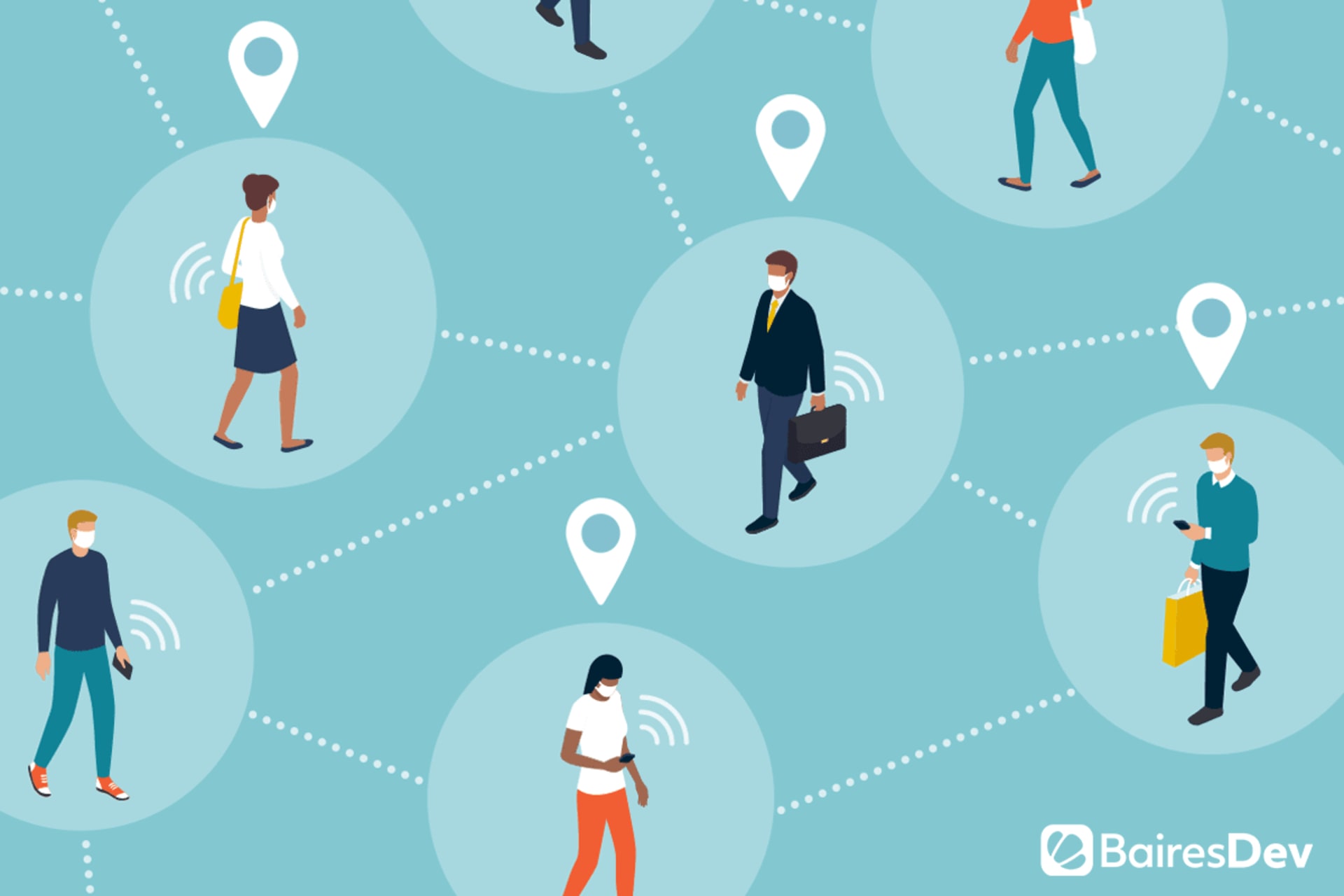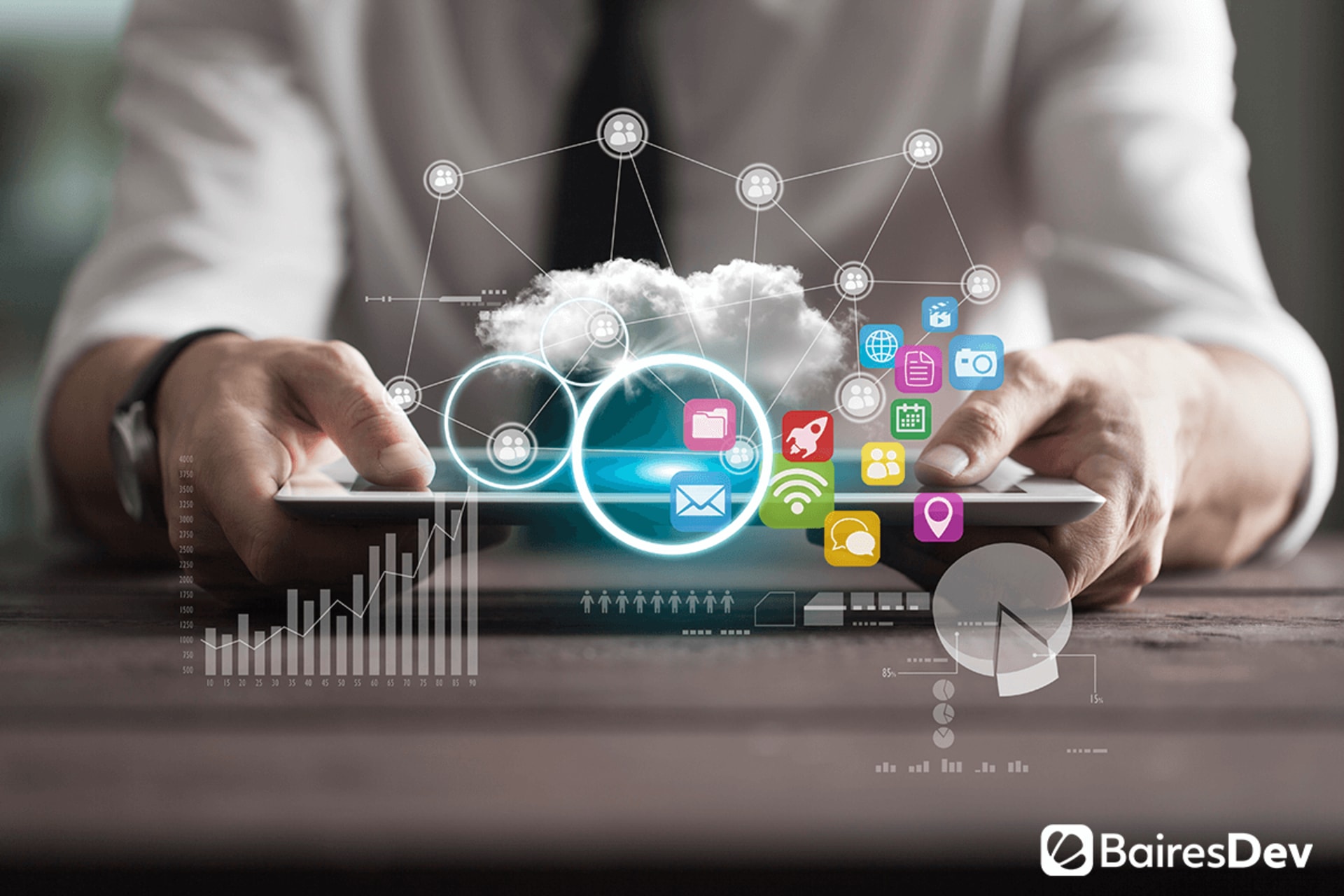There’s no doubt about it: the world as we know it will look a lot different after the COVID-19 pandemic. Every person, every business, and every industry has already been affected — some, of course, more so than others.
Because of the realities of a very different landscape, market demands, and the magic of technology, some sectors will transform completely in a post-pandemic world. Here’s a look at some of the most dramatic overhauls we’ll likely see.
1. Healthcare
Healthcare and medicine have faced some of the biggest hurdles because of COVID-19. As the top sector on the frontlines of the battle to defeat the pandemic, healthcare professionals are facing enormous challenges, including shortages of supplies and staff, and constant exposure to coronavirus.
Because the healthcare system has been so strained, one change we may well see after the pandemic is a digital vetting system that incorporates artificial intelligence (AI) to “screen” patients and determine which ones actually need to receive care in-person. Some patients, in contrast, could meet with their providers via virtual platforms.
There could also be more specialized services and facilities to reduce exposure to the virus and other infectious diseases, as well as an increase in regular screenings. There will also be an effort to improve remote care involved with these services.
2. Education
When K-12 schools and institutions of higher learning were forced to move their teaching online with no warning or preparation, the results weren’t as satisfactory as many had hoped. But this emergency transition isn’t representative of online education’s true potential.
Come fall, institutions are considering a range of scenarios and solutions. Many schools and colleges are thinking of implementing hybrid models, in which students alternative in-person learning with online learning. Some are planning for online education entirely.
No matter what, it’s clear that e-learning will play an enormous role in post-COVID-19 education. Educators will need to go beyond simple Zoom lectures to keep their digital lessons engaging. They might, for example, share videos, leverage augmented reality (AR) to immerse students in unique experiences, and more. Of course, there will need to be a greater focus on training instructors on how to use different platforms and develop lessons that work well online.
3. Cybersecurity
During COVID-19, there has been an escalation in cybercrime. Malware attacks, phishing schemes, and other infiltrations are nothing new, but given how many individuals are now almost exclusively online, cybercriminals have been exploiting the new landscape. Organizations must be proactive and increase their efforts to protect themselves and their employees.
In the future, businesses will need to ramp up their efforts to increase cybersecurity. Some of these tools will look the same as they do now, just implemented at a greater scale. Thus, we’ll see an acceleration of certain trends, including employee security training, implementation of virtual private networks (VPN), and constant evaluation and reevaluation of all security systems and measures.
However, businesses will have to take new measures in light of targeted attacks. You may need to employ professionals to take a close look at your systems and identify vulnerabilities. Some organizations might employ ethical hackers or outsource cybersecurity to find better solutions.
4. Service and Retail
Many restaurants and retail businesses have faced closures — some permanently — due to the pandemic. Of those that survive, every single company will have to develop a new model for delivering services to keep their consumers safe. Some have persisted throughout COVID-19 by offering delivery and curbside pickup for items like clothing, books, and even groceries.
Now that some of these businesses have begun opening their physical locations again, they’re having to reconsider their models. Restaurants and bars, for example, are unable to fill their brick-and-mortar locations to capacity, usually mandated by their local governments. Additionally, in order to minimize interaction, some are implementing measures like contactless ordering, in which customers scan a QR barcode to see the menu.
Meanwhile, retail stores could continue curbside pickup long into the future. Apps for placing orders could play a greater role, too, with customers placing their orders remotely and being able to obtain their items quickly with significantly less contact than before. And, of course, online orders will only keep increasing.
5. Manufacturing
The manufacturing industry has experienced highs and lows throughout COVID-19. Some companies have faced skyrocketing demand for their products, such as those producing toilet paper, paper towels, sanitary products, and cleaning supplies. These businesses have had to escalate production to meet these demands. Increasingly, manufacturing companies could elect to outsource services in light of the overflow.
Manufacturing facilities are leveraging both digital and physical technologies to account for this. For example, the Internet of Things (IoT) can help the industry track deliveries, automatically adjust controls like temperature within the buildings, and much more. Plus, businesses will have the added pressure of keeping employees safe from coronavirus, which might involve increasingly automating processes.
6. Travel
Travel has been greatly affected since the early days of the COVID-19 pandemic. Not only do passengers fear to be in close quarters with others, but many governments, including the U.S. federal government, have imposed travel bans.
Airlines, railways, and other transportation organizations will, first and foremost, take extensive precautions to protect travelers, such as taking customers temperatures before they are able to climb aboard any vehicle. Many will impose rules such as having customers wear masks throughout their journeys.
In order to win back customers, many organizations will likely implement rewards programs, discounts, deals, and more.
These are just some of the industries that have already been greatly affected by the pandemic and will face overhaul in the coming months and even years. As the world as we know it grapples with an almost complete transformation, it will be impossible to return to the way things were done in our pre-COVID days. Every professional in every industry will be forced to reckon with the challenges the virus has presented to them.
At the same time, this new phase will offer opportunities. How businesses manage to leverage them remains to be seen.







